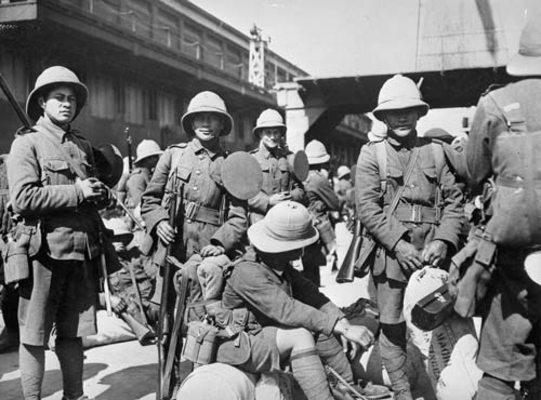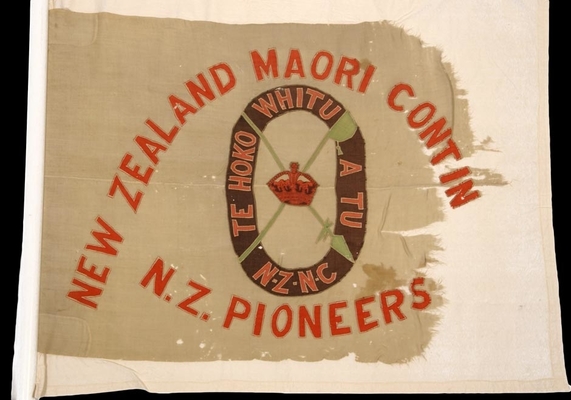During the War- Gallipoli and the forming of the Pioneer Batallion
Written by Danielle CooperThe first big NZ campaign of WW1 is one we know lots about, Gallipoli. It was a shocking and horrifying way to start the war for New Zealand, whose losses were one dead for every six who fought there.
For Rotorua soldiers who went to Gallipoli , it was like how many described it; hell. In Don Stafford's The New Century In Rotorua, Dick Garlid, a Rotorua man serving with the Auckland Mounted Rifles said after the war, “Gallipoli was a starvation hole. Oh, crikey, they were dying like flies. I remember one outfit we went into, three hundred of us went down, and only thirty one of us at the role call, the rest were all killed-not an officer left.” Rotorua born Captain Roger Dansey was prominently involved in the campaign, he was in charge of 70 men who under heavy fire captured an important Turkish position, almost solely by bayonet. However Dansey returned to New Zealand shortly after the campaign, as there was tensions in the camp leading to Dansey and 3 others to be sent home for unsatisfactory performance.
In regards to the Maori Contingent on Gallipoli, they suffered like their peers. They were tasked with digging communication trenches whilst under attack and suffered with 17 dead, 89 wounded and 2 were missing in action. The dysentery and enteric that had ravaged the NZ soldiers hurt the Maori Contingent as well and they were evacuated in August of 1915 due to exhaustion. They returned later that month and the contingent was split into 4 battalions under the NZ infantry brigade due to lack of numbers.
Heavily depleted, NZ withdrew its forces in December of 1915. In the contingent there was frustration over both the removal of Dansey and the other officers, as well as the split up of the contingent. They asked for the contingent to be reformed, the disgraced offices to be recalled, and for the group to be made into a unit when the reinforcements arrived. Maori elders said they wouldn't compromise, that if they refused then they would not recruit any more troops. An agreement was made, and Dansey and the others were recalled to the join them on the western front, where the fight to hold France was increasingly becoming a stalemate.
This led to the significant action of the creation of the New Zealand Battalion on the 20th of February 1916. The Battalion was arranged into four companies, with two Maori and two Pakeha platoons which were formed from the Otago Mounted Rifles. Neither were happy with this decision, especially the Otago Mounted Rifles who were demoted from soldiers to pioneers. In charge was Major George King, and he was appointed as commanding officer. Te Rangi Hīroa was made second-in-command. Thus, the New Zealand Battalion was born, and travelled to the western front on the French/Belgian border and provided manual labour to support the fighting troops.


(Mark Derby. 'Māori–Pākehā relations - Military conflicts', Te Ara - the Encyclopedia of New Zealand, updated 16-Nov-12
URL: http://www.TeAra.govt.nz/en/photograph/28569/pioneer-battalion-first-world-war )
('Pioneer Battalion flag', URL: http://www.nzhistory.net.nz/media/photo/pioneers-flag, (Ministry for Culture and Heritage), updated 14-Mar-2016)
In the next Blog I’ll cover the action on the western front, as well as attitudes toward the war and Pioneers in New Zealand. France is also in two weeks, I'm really excited and I am really looking forward to going. Lots to do before then, so wish me luck that all goes well. :)

Danielle Cooper
John Paul College
Rotorua
Latest from Danielle Cooper
Related items
Media
Search
Who's Online?
The following members are online:
Latest Forum Posts
- No posts to display.
Powered by Technologywise / Design by yojodesign
